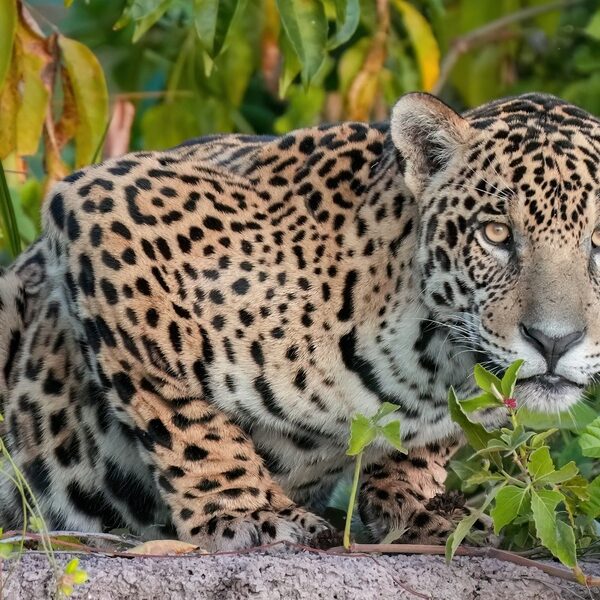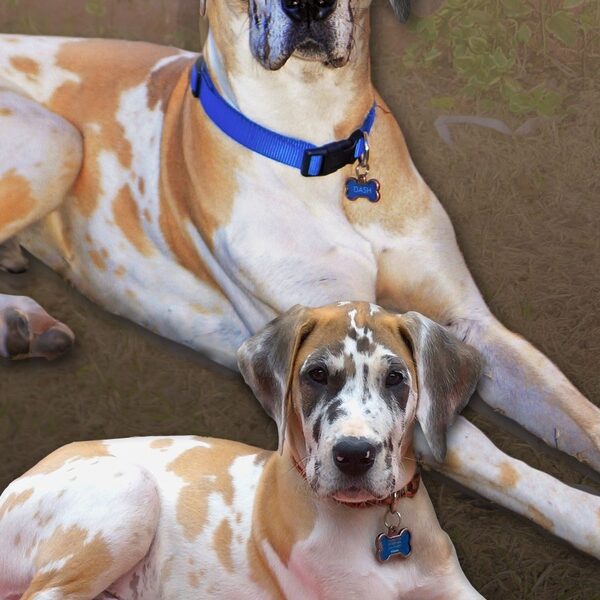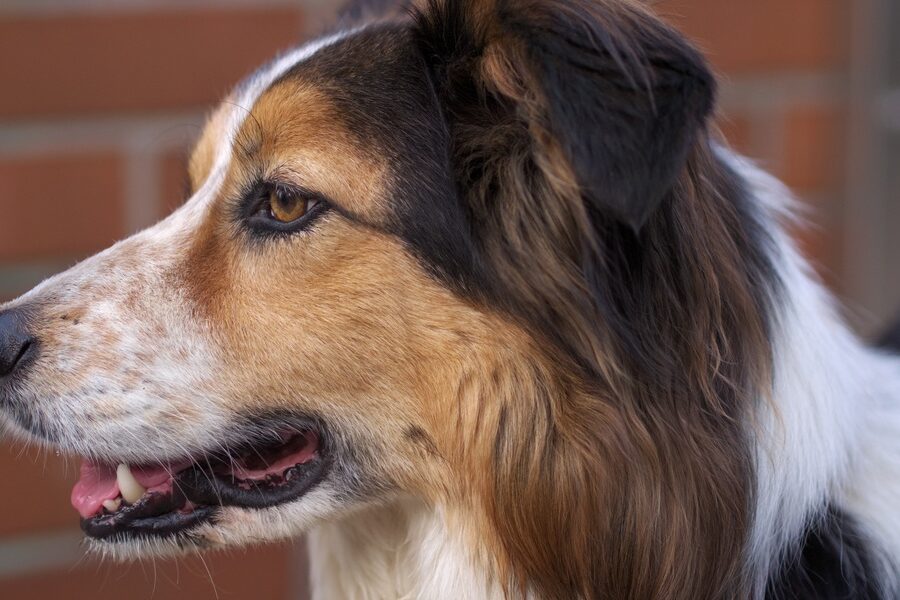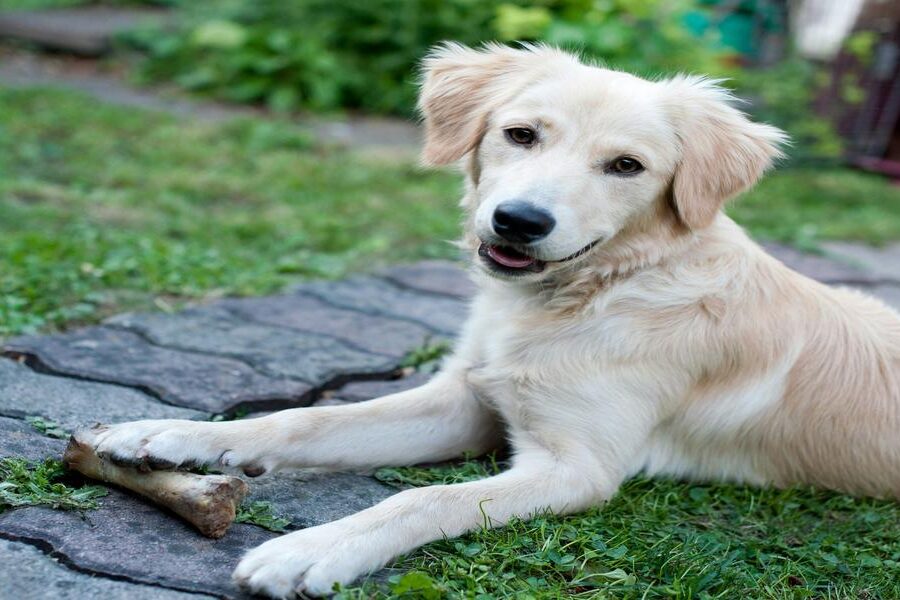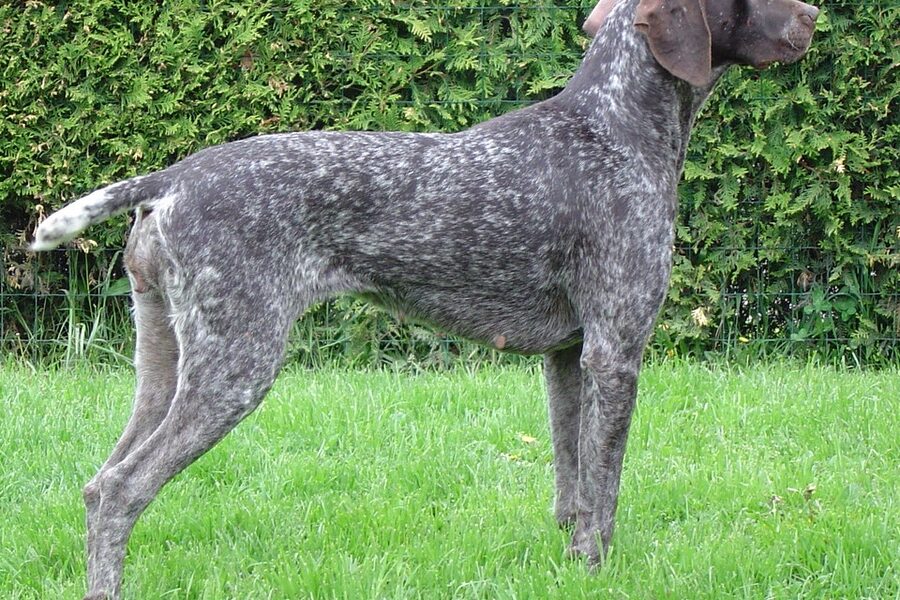The history of classifying dog breeds by terrain preference spans centuries, rooted in how humans bred dogs to help with specific tasks in particular landscapes. Breeds adapted to water, snow, mountains, deserts and open plains showcase distinct physical traits — from webbed feet and waterproof coats to thick double layers and long, slender limbs. These differences reflect practical needs: hauling sleds, retrieving game from water, or traversing rocky slopes. Understanding those adaptations helps owners choose dogs suited to local climates and activities and highlights the close link between environment and selective breeding.
Context
Selective breeding has shaped dog morphology and behavior for millennia. Archaeological and genetic evidence indicates domestication of gray wolves into dogs began at least 15,000 years ago, after which human communities selected traits useful for hunting, herding, guarding and transport. Over time, populations in cold regions developed thick, insulating coats and strong endurance for pulling sleds, while dogs in maritime communities often gained webbed feet and water-resistant fur to assist with fishing and retrieval. Modern kennel and breed organizations document many formally recognized breeds, and contemporary breeders continue to emphasize traits tied to terrain and function. Scientific studies of canine anatomy and genetics support links between form, performance and environment.
Scope and coverage
This collection of Dog Breeds by Terrain Preference encompasses the broad categories of dogs shaped by their environments and jobs. Expect overviews of cold-climate and sled breeds, water and retriever types, mountain and sure-footed working dogs, desert-hardy breeds, and those optimized for open plains or sprinting. Coverage focuses on characteristic physical traits, historical roles, and how terrain influenced breeding. The material presents general patterns and representative examples to help readers appreciate why certain breeds excel in particular landscapes rather than acting as exhaustive breed profiles.
Little-known facts about dog breeds and terrain:
- Arctic sled breeds like the Siberian Husky and Alaskan Malamute evolved for endurance and cold tolerance, with dense double coats and insulating underfur.
- Water-oriented breeds such as the Newfoundland and Portuguese Water Dog often have webbed paws and oily, water-repellent coats to aid swimming and retrieval.
- Greyhounds and other sighthounds are built for speed on open plains, with deep chests and long, flexible spines that enable bursts up to about 45 mph.
- Mountain and shepherd breeds display strong, compact bodies and sure-footedness for navigating steep, rocky terrain while working alongside herders.
- Short-coated, long-legged breeds tend to perform better in hot, arid environments where heat dissipation and endurance are important.
- Different kennel organizations recognize roughly between 190 and 360 formal breeds worldwide, reflecting wide morphological diversity created by selective breeding for environment and function.

